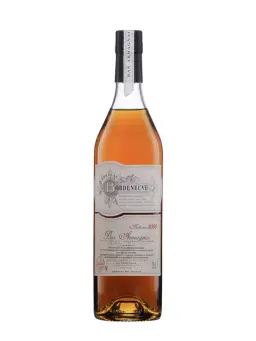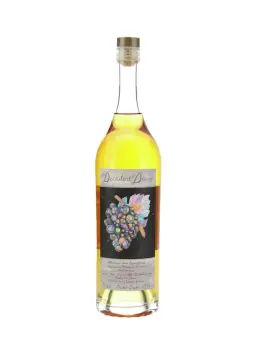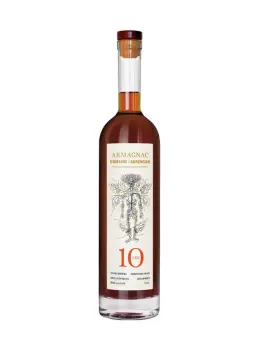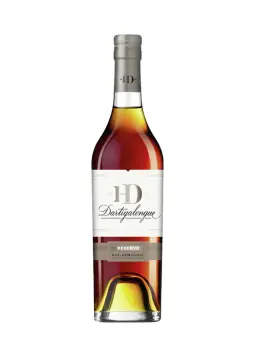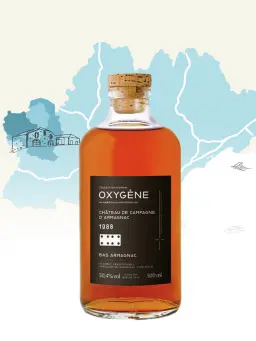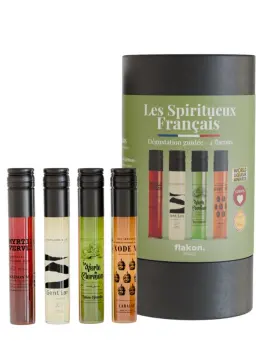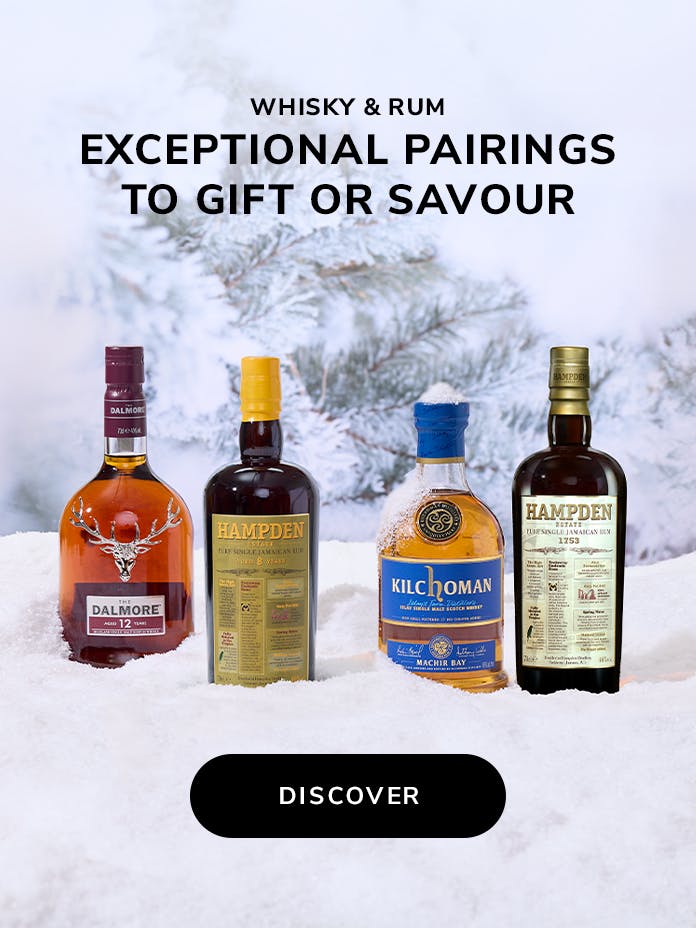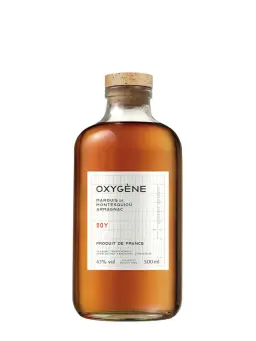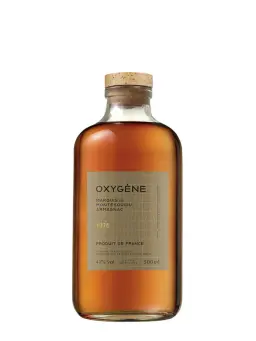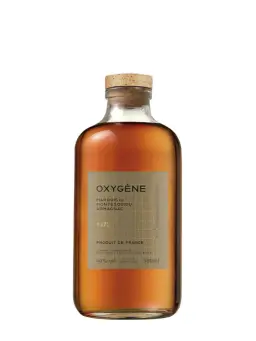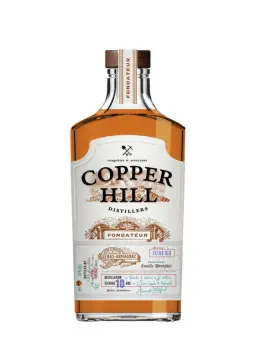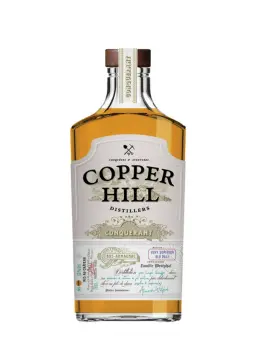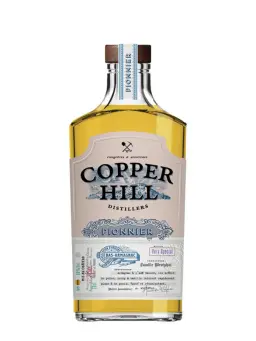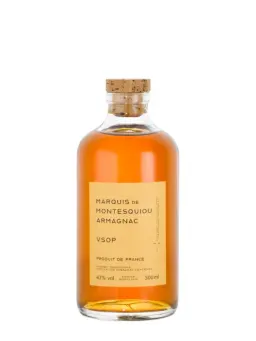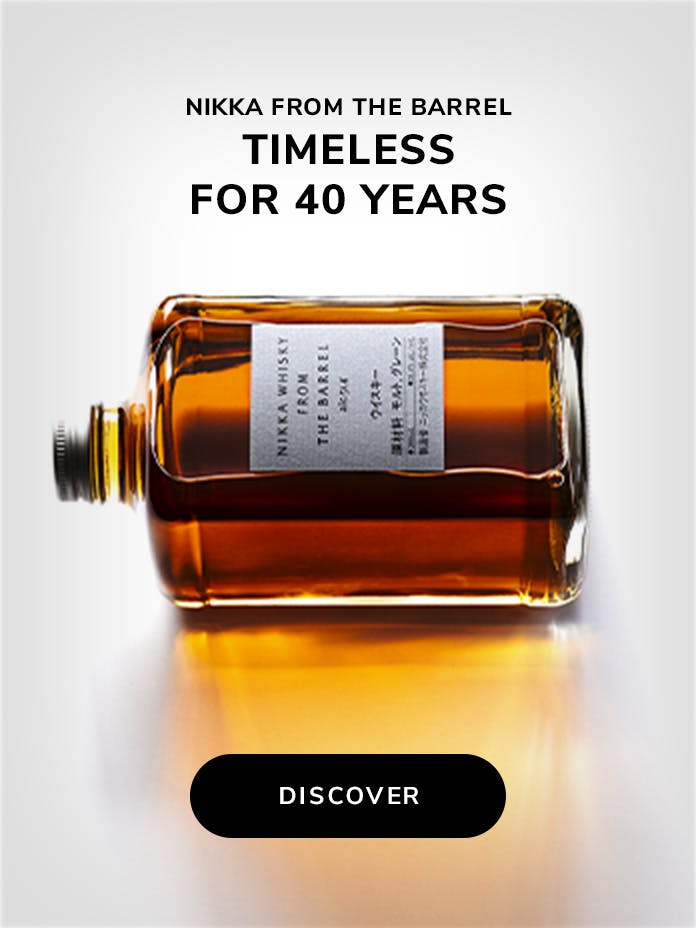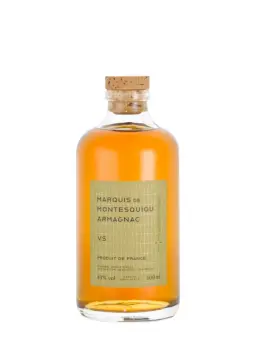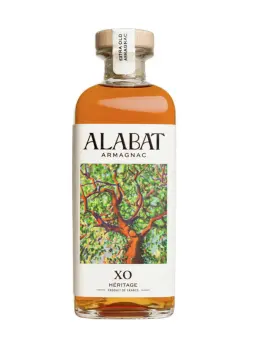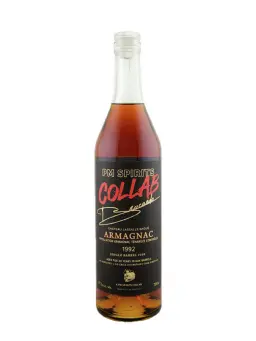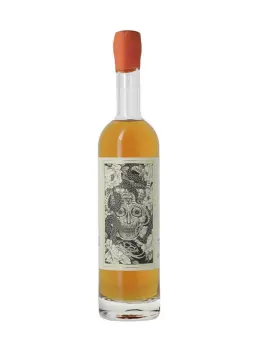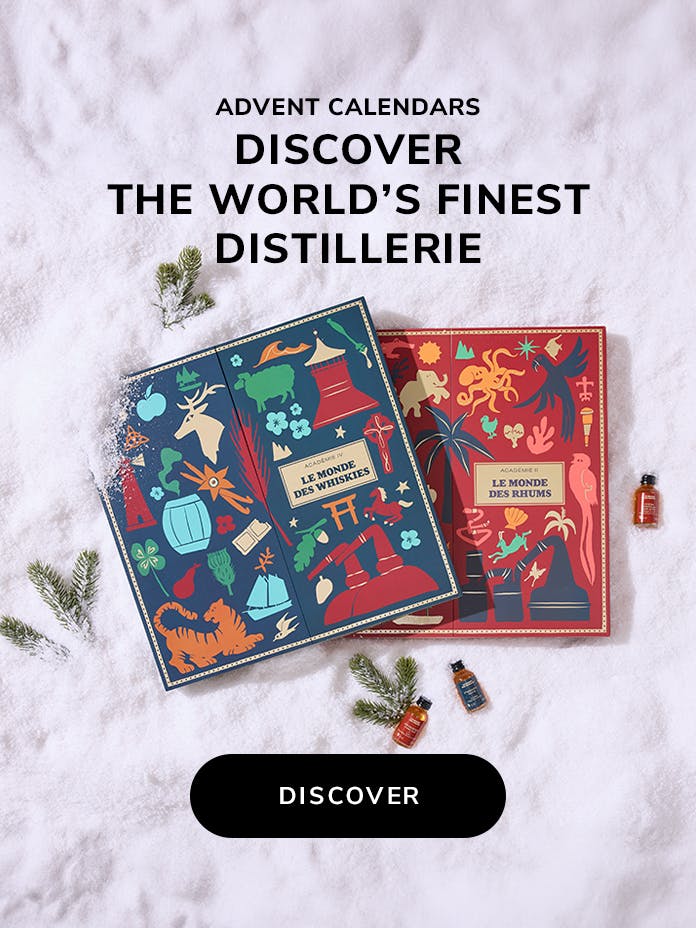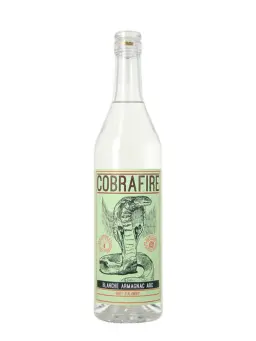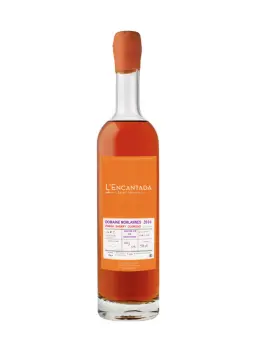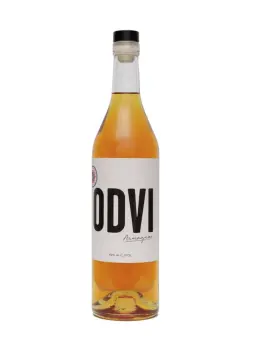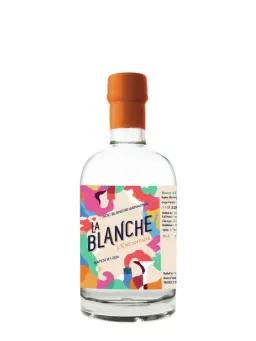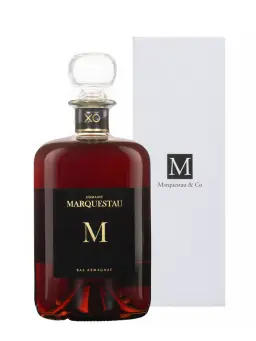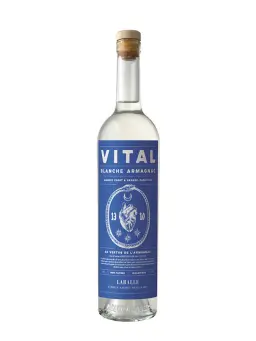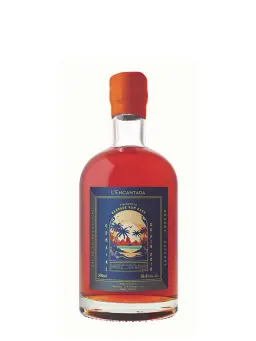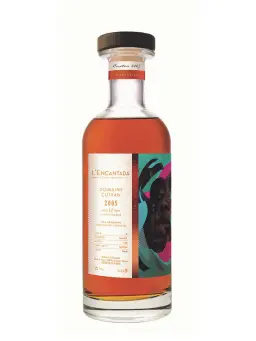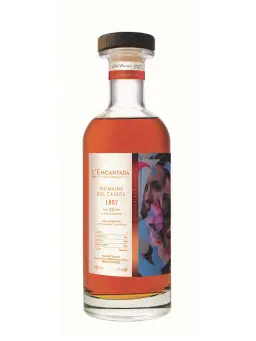Armagnac
Armagnac, France’s oldest brandy, is produced in the Gascony region, and has its own ‘appellation d’origine contrôlée’ (AOC, or PDO), which is divided into three sub-regions for brandies that are at least one year-old: Bas-Armagnac, Ténarèze and Haut-Armagnac. There is a fourth AOC for brandies that are not aged: Blanche d’Armagnac. Distilled from a wine base, Armagnac differs from Cognac on account of its special terroir, and the type of still used (column stills in Armagnac and pot stills in Cognac). Four main grape varieties are used: Folle Blanche, Colombard, Ugnic Blanc and Baco. The finished spirit must contain at least 40% ABV.

71 items
DARTIGALONGUE Reserve 42%
COPPER HILL Armagnac XO 45%
COPPER HILL Armagnac VS 40%
ALABAT XO Héritage 42%
PM SPIRIT 1992 Collab Brocardo Armagnac 47.1%
ODVI Blanche d'Armagnac 45%
ODVI Armagnac VS 42%
L'ENCANTADA La Blanche 57%
DOMAINE DE MARQUESTAU XO 40%
Armagnac combines two French excellences: wine and a unique distillation. Like its cousin, cognac, it is made from grapes, then distilled. Listed as part of France’s intangible cultural heritage, Armagnac stands apart in the spirits landscape and has followed its own path for over 700 years.
History of Armagnac
Armagnac is France's oldest eau-de-vie and one of the earliest worldwide. This wine-based eau-de-vie was born in Gascony and has thrived in the unique vineyards of this region since at least the 14th century. A true expression of its terroir with complex history, Armagnac invites you on a journey through time.
Origins of Armagnac
Viticulture in the Gascon region dates back to Roman times, though distillation arrived only in the 8th century. During the nearby Muslim conquest of the Iberian Peninsula, the Arabs brought knowledge and technology, including the alembic still. This was initially used for medicinal remedies, essential oils, and perfumes. As a result, the first written records mentioning Armagnac come from a physician in a 1310 manuscript, describing it as a youth elixir and remedy for senility.
Wine was already celebrated for its health benefits, so distilling it to concentrate its qualities made perfect sense.
At that time, Armagnac was a rough spirit used as an elixir. It wasn’t until the 17th century, with the development of Gascony viticulture for the Northern European market, that Armagnac began to thrive. Knowledge of grape varieties advanced, distillation techniques improved, and Armagnac gained prestige, reaching its peak in the 19th century.
During this period, Armagnac initially benefited from the phylloxera crisis, which devastated vineyards and hit its cousin and rival, cognac, before it was also affected by this blight.
In the 19th century, the region-specific still, known as the Armagnacais alembic, was created and perfected, reaching its final form in 1872 thanks to Alphée Verdier and the Verdier system. Armagnac earned its AOC (controlled designation of origin) status in the early 20th century.
Terroirs of Armagnac
The AOC designation delineates three production areas of Armagnac in the heart of Gascony, between the Garonne to the north and the Adour to the south. The Armagnac vineyards cover most of the Gers department, part of Landes, and Lot-et-Garonne. There are three main terroirs, crucial for this wine-based spirit:
- The Bas-Armagnac to the east has sandy clay soils rich in iron oxides, giving it a reddish-orange hue. Known locally as boulbène, this soil produces Armagnacs known for their finesse.
- The Haut-Armagnac, located to the west and south, has predominantly limestone soils, except in its southern part, where the boulbène soil returns. This terroir accounts for less than 2% of total Armagnac production but offers fruity and delicate eaux-de-vie.
- The Ténarèze, or Armagnac-Ténarèze, lies at the center of the appellation area. The soil here is mainly clay-limestone. Armagnacs from this terroir are known for their generosity and power.
Grape Varieties
While the history of Armagnac is closely tied to the folle blanche grape, the AOC defines ten possible grape varieties for its production. In practice, only four make up most of the vineyard dedicated to distilling this prized spirit. These varieties are often blended for their complementary qualities to achieve the desired complexity and balance.
- Although rare today, folle blanche remains the historical grape variety of Armagnac. After being ravaged by phylloxera in 1893, it was largely replaced by three other varieties due to its susceptibility to disease and rot. However, it produces eaux-de-vie of great finesse.
- Baco blanc is the newest grape variety in the appellation, a hybrid of folle blanche and the American noah grape. It offers good yields and fruity flavors but can be somewhat bold.
- Colombard brings fruity and spicy notes to blends. Used sparingly, it develops into powerful and structured Armagnacs.
- Ugni blanc dominates the vineyards due to its high yield and marked acidity, ideal for wines destined for distillation. It produces full-bodied eaux-de-vie and balances blends alongside more aromatic grapes.
How Armagnac is Made
Straddling the worlds of wine and spirits, Armagnac embodies the essence of its terroir, the spirit of distillation, and the art of aging. It carries a long tradition embodied in its unique production process.
The Wine
Armagnac draws its essence from Gascony's land and grape juice. It is first a wine before it becomes a spirit.
This wine, intended for distillation, is called "vin de chaudière" and is always white, as red wine tannins would add bitterness during distillation. The grapes are harvested early, with low sugar levels, to maintain good acidity. The must ferments naturally in tanks without added sugars or sulfites, yielding a cloudy wine with fine aromatic lees, low alcohol content, and high acidity.
Distillation of Armagnac
Distillation timing is regulated by decree, starting after the harvest and ending before March 31 of the following year. It can be performed by traveling distillers with portable stills. Two types of distillation are permitted:
- Continuous distillation in a copper column still, known as the “Armagnacais.” Developed in the 19th century and perfected by Alphée Verdier, this still allows a low-temperature continuous distillation, resulting in a distillate with an alcohol content between 52° and 62°. This method preserves many wine compounds, extracts its essence, and distills its terroir.
- Double distillation in pot stills, similar to those used for cognac, has been allowed since 1972 but remains rare, as it opposes traditional Armagnac methods. With a higher alcohol content of about 70°, it doesn’t preserve the wine's compounds, which are essential to Armagnac’s unique profile.
Aging of Armagnac
Armagnac only becomes Armagnac after resting in wooden barrels in cellars. This slow interaction between oak and alcohol allows it to soften, round, and blend with the wood's aromas. Only sessile and pedunculate oak barrels, from Gascony and Limousin forests, with a capacity of around 400 liters, are used.
Once matured under the cellar master's watchful eye, Armagnac is blended, reduced to its bottling strength (at least 40°), and ready for tasting.
While Armagnac can display a vintage on its label, this is allowed only after ten years of aging. The year represents the harvest date.
More often than not, Armagnac forgoes displaying its age and instead uses one of five official designations to indicate how long it has aged in barrels, based on the age of the youngest eau-de-vie in the blend:
- Armagnac V.S. (Very Special) or “***” (three stars) has aged at least one year.
- Armagnac V.S.O.P. (Very Superior Old Pale) is at least four years old.
- Armagnac XO or Napoleon has aged a minimum of ten years (though no more than six years for Napoleon).
- Armagnac Hors d'âge designates spirits aged ten years and older.
In most cases, when discussing price, a vintage Armagnac typically commands a higher price than a bottle of V.S.O.P. Armagnac (four years of aging) or a bottle of XO Armagnac (ten years or more of aging).
La Blanche d’Armagnac: An Armagnac that Isn't Quite One
La Blanche d’Armagnac, sometimes referred to as Fine Blanche, is actually an unaged Armagnac. It must rest for at least three months in tanks or demijohns. Thus, it retains the translucent color of the distillate directly from the still and the pure aromas of the distillate.
